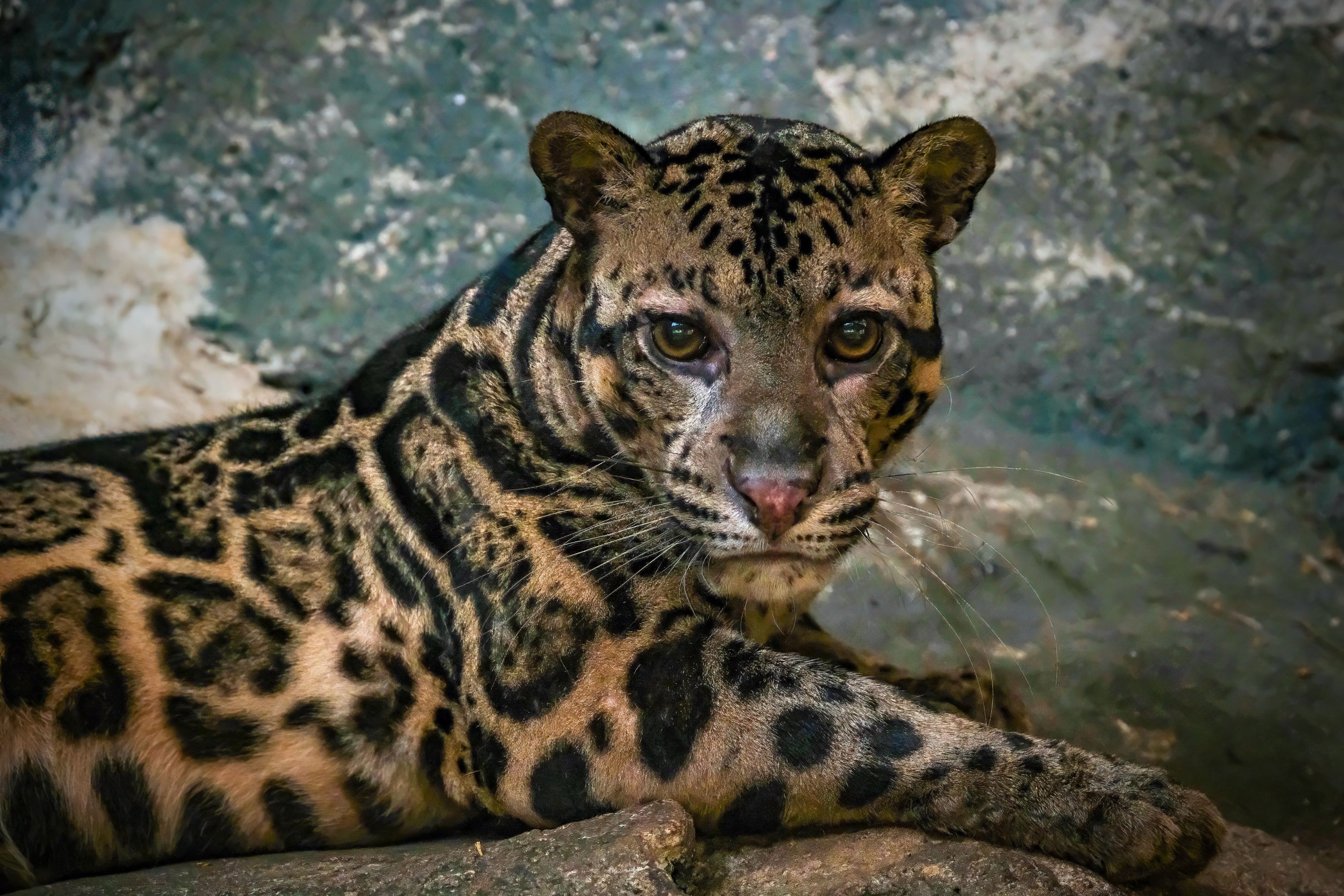A Family Of Bornean Clouded Leopards Was Filmed Walking Through A Forest Together For The First Time Ever

For the first time ever, a family of Bornean clouded leopards were filmed walking through a forest in the Indonesian territory of Borneo, a giant island in Southeast Asia’s Malay Archipelago. It is the third largest island in the world and is home to wildlife such as orangutans and clouded leopards.
Staff members from the Orangutan Foundation strategically placed camera traps throughout the forest in Tanjung Puting National Park to record animal species and the areas they inhabit.
One of the cameras managed to capture footage of a clouded leopard family consisting of a mother and her two cubs. The footage offers hope that the endangered species is still successfully reproducing.
These wild cats had been caught on camera before, but according to the Orangutan Foundation, it is the first time that an entire family has been spotted together. The Bornean clouded leopard is one of two subspecies of the Sunda clouded leopard in Indonesia—the second lives on the island of Sumatra.
The leopards have small cloud markings with many distinct spots. They also have gray fur and a double dorsal stripe. Clouded leopards have the longest teeth of any feline. Their fangs can grow up to two inches in length, making them fearsome predators.
Their agile bodies, large paws, long tails, sharp claws, and incredible climbing skills allow them to perch in trees with stealth, lying in wait for prey. They feed on monkeys, rodents, deer, and pigs. Occasionally, they will go for reptiles and birds.
Because of their nocturnal tendencies, not much is known about the clouded leopards. It is believed that they breed throughout the year but rarely reach reproductive age due to poaching, the expansion of the oil palm industry, and habitat destruction. As Borneo’s largest predators, these cats are extremely important to the island’s ecosystem.
“Clouded leopards serve as a useful model species with which to develop predictions of connectivity to measure the impacts of infrastructure developments,” said Żaneta Kaszta from the University of Oxford’s Wildlife Conservation Research Unit.
Their health is a major indicator of how well the overall ecosystem is doing. If they are thriving, it means the rest of the food chain is flourishing.
Riadi – stock.adobe.com – illustrative purposes only, not the actual leopard
Sign up for Chip Chick’s newsletter and get stories like this delivered to your inbox.
Borneo has one of the world’s highest rates of deforestation. The forest was reduced by 50 percent between 1973 and 2015. As a result, the Bornean clouded leopard population has declined greatly in recent years.
Currently, large-scale infrastructure projects are taking place on the island, which will diminish forest cover even further.
Scientists are calling for improved development strategies that actually take sustainability and mitigation measures into consideration.
The species is listed as endangered by the International Union for Conservation of Nature. On the bright side, the new footage provides evidence that the cats are actively breeding.
Welcome to Billionaire Club Co LLC, your gateway to a brand-new social media experience! Sign up today and dive into over 10,000 fresh daily articles and videos curated just for your enjoyment. Enjoy the ad free experience, unlimited content interactions, and get that coveted blue check verification—all for just $1 a month!
Account Frozen
Your account is frozen. You can still view content but cannot interact with it.
Please go to your settings to update your account status.
Open Profile Settings